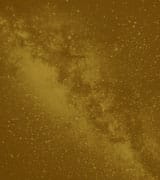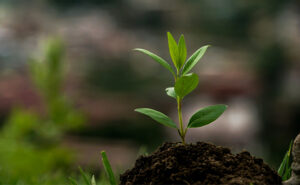What is the image of the river?
What is the image of the river?
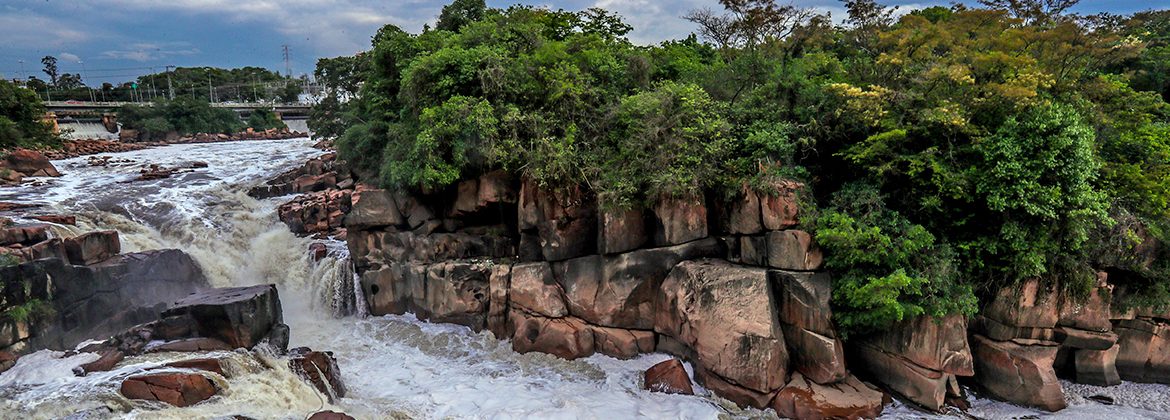
In times of technological ease, in a matter of seconds, an image reaches thousands of virtual users. But would this transmission efficiency have the same effect as a lived experience?
Humanity’s relationship with nature, which began with a minimum of its influence on ecosystems, has nowadays culminated in strong pressure on natural resources.
The media, with its important role of diffusion of behaviors, also has the power of persuasion in the social life of a population, given the broad access and distribution of information, and can change the way of thinking and the way people act, with a highlight on youngsters and children, groups that tend to suffer from greater influence.
Various news articles show a strong propensity to harmful outcomes regarding nature, even as if the future were already irreversibly compromised.
How can this mass disclosure affect the conduct of a child or a young person?
Does the current distancing from nature interfere with people’s lives?
How is it possible to give hope to this and future generations of human beings?
Some field research work has been done in order to try to answer these questions. One of them was carried out with a group of students between 10 and 12 years of age, during a 3-day environmental study excursion, traveling and analyzing parts of the Tietê River* (State of São Paulo, Brazil) and Its surroundings, from its passage through the Greater São Paulo region to the Barra Bonita Locks, in the interior of the state.
The students made a conceptual map with the theme Rio Tietê and answered some questions on the subject, before and after the trip.
As an immediate result, there was a very significant change, both in the conceptual map and in the answers to the questions. It is essential to note that the students who did not participate in the trip stuck to their previous answers.
Qualitative analysis of conceptual maps clearly showed that before the environmental excursion, most students associated the Tietê River only with the city of São Paulo and hence the appearance of negative perceptions such as: bad smell, dark color, death, rot, noise, assault, fear… In short, an environmental degradation in which human beings are seen only as villains, not worthy of any trust.
This simple finding indicates how individuals, who are detached from nature, cannot interact with it in a broad and positive way, because fear frightens, isolates, limits, blocks, repels.
How is it possible to intervene and improve the environment, if a person feels trapped, often without prospects?
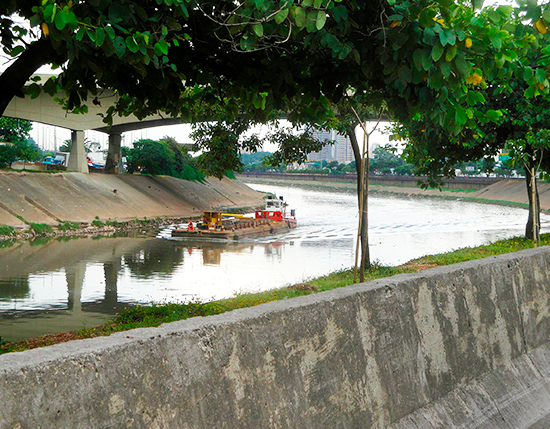
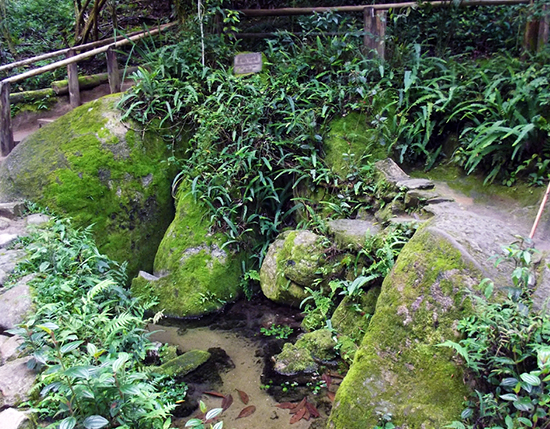
After the study excursion, however, in addition to significantly increasing the universe of new concepts and new discoveries, positive perceptions emerged, as if a new and beautiful world revealed itself in front of the students.
The comparison between the polluted and non-polluted sections of the river brought out good feelings in the adolescents, such as joy, beauty, hope. The sensation of life, abundance, fun and comprehension of the natural mechanism that governs environmental changes brought out in these ‘child researchers’ a feeling of integration with the universe.
In a society where, often, beings and materials are treated as disposable, contact with nature can unveil the perception that it is alive and how much we are an integral part of this liveliness.
As a result of the study it was possible to observe the development of empathy for the places visited and the living beings that inhabit them. This is another step to stimulate respect for everything, including – and especially – people.
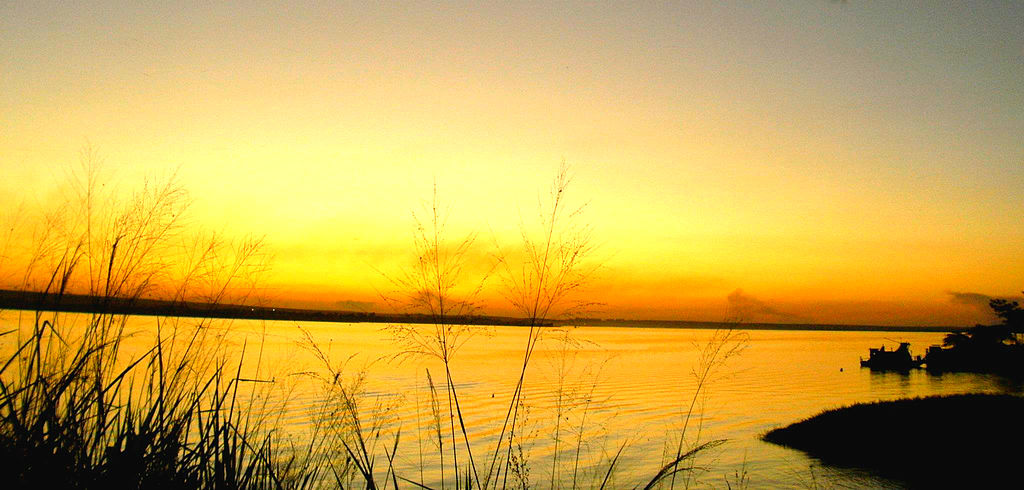
The being, when it feels integrated, is fulfilled. Which enables greater release of one’s creativity. With innovative ideas, attitudes, once passive and non-involved, room is made for the protagonism in the history of one’s world, taking advantage of the experiences of their ancestors, adding new values, new perceptions and new attitudes, which will certainly make a difference far beyond this planet.
The Tietê River is a large watercourse (1100 kilometers long) that crosses virtually the entire state of São Paulo, in Brazil. In addition to crossing the São Paulo state from east to west, it marks the urban geography of the largest city in Brazil, whose name is also São Paulo. In the stretch where it crosses this metropolis, the river reveals itself as smelly, dirty, and lifeless. The headwater of the Tietê is in the municipality of Salesópolis, 22 km from the Atlantic Ocean, and runs to the interior of the state. Thus, it was widely used by the Indians and “Bandeirantes” to access the villages that were along the river. Unlike most rivers in Brazil, the Tietê runs towards the interior and not to the ocean, a feature that made it an important instrument in the colonization of Brazil.
“The contribution of the environmental study excursion to environmental education”, Sueli de Moraes França – dissertation presented to the Pontifical Catholic University of Sorocaba, 2007.
https://aguasdomundo.wordpress.com/2015/02/03/sao-paulo-a-cidade-os-rios-e-suas-planicies-inundaveis-o-riotiete/
https://www.salesopolis.sp.gov.br/salesopolis/pontos-turisticos/parque-estadual-da-nascentes-do-rio-tiete/
https://www.estadao.com.br/sustentabilidade/tiete-a-vida-que-volta-ao-entorno-do-rio-morto/
https://olhares.com/por-do-sol-no-rio-tiete-pereira-grande-sp-brasil-foto8758355.html

